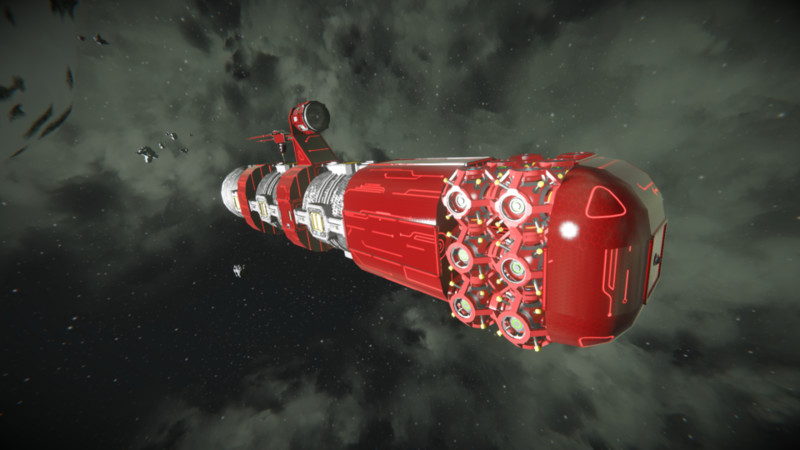

I remember seeing the WWI artwork in the Pompidou Center and going to the Armistice train car in Compiègne. The crazy thing too, for me, is that I grew up in France, surrounded by this history, and really never paid attention. His ability to zoom back out, drawing large themes and comparisons of battles and social movements across space and time, connected and made relevant the stories of WWI and the human experience across history. But Carlin also tells a world story of nations, ideologies, technologies, and geographies. It truly feels like you are standing next to the person, trying to imagine what it would be like to be there. He quotes often from memoirs of the people who were there (and lists all the reading material at the bottom of the episode pages), whether it’s the soldiers in the trenches, the generals at the top, or the people at home. They didn’t even wear camouflage at the beginning of the war! But why would they? This was the first time you have air reconnaissance with the advent of planes and zeppelins. I could go on and on with examples of how the stories exposed my misconceptions and gave me new understandings and perspectives about what the battlefield might have looked like, but you get the idea.Ĭarlin tells a compelling human story. Around 1917, they begin to look like WWII solders, but it was wrapped up in this huge transition from old war to new war. An image we are more familiar with, like World War II German soldiers, was not at all what armies looked like at the beginning of WWI (see picture above).

The tanks that German military leaders has scoffed at the idea of.Ĭarlin repeatedly puts you into the moment and exposes your assumptions. The trenches, such a fixture of the WWI legacy, were basically obsolete once the British and French rolled in their tanks in 1917. For example, the naval captains, having earned their stripes in old war times, would still use flags to communicate orders from ship to ship, neglecting that messages could be sent by radio. I learned about the ships, guns, railroads, automobiles, airplanes, radio, and the effect this all has. You get the distinct message that WWI just isn’t worth focusing on, but in this (extensive) telling of the story, I was amazed at how, on many fronts other than just military history like the development of technology and social movements, this war set up not just WWII but an entire era that affects our beliefs today.Īs someone who has been very aware and interested in the technological changes of the last two decades and its impact on education, I had no frame for understanding the technological changes that happened at the turn of the 20th century. We would move on quickly to World War II, which ran into the last weeks of the year and the cold war/60s/70s/80s were oh-by-the-way mentioned. Allies) in order to understand the seeds of World War II. I think like most Americans who experience the normal high school curriculum, my experience with learning World War I was in March/April of my sophomore year, at which point we highlighted enough major details (trench warfare, Wilson’s 14 points, Entente vs. But in the process, I became fascinated with the war itself, the technological changes, and the process of trying to imagine what it was like on the ground and what it was like to be alive and in the world at that time. And I don’t didn’t even like history! Like a good story teller does, he pulls you in and weaves a tale that you want to listen to, almost regardless of the content.
BLUEPRINT FOR ARMAGEDDON FREE SERIES
Over the past three weeks, I’ve been listening to Dan Carlin’s Hardcore History podcast series entitled “Blueprint for Armageddon.” With six episodes and over 22 hours total, it was a major undertaking. Podcast “cover” artwork for the first episode.


 0 kommentar(er)
0 kommentar(er)
